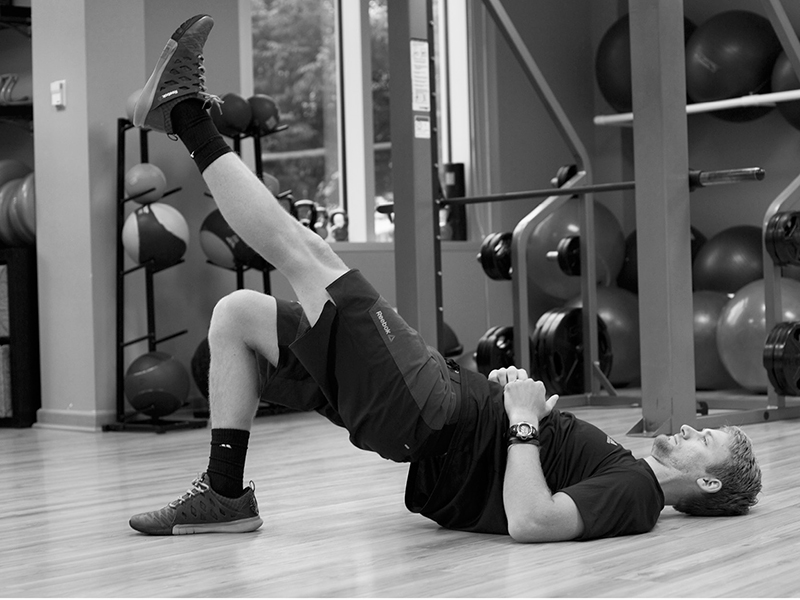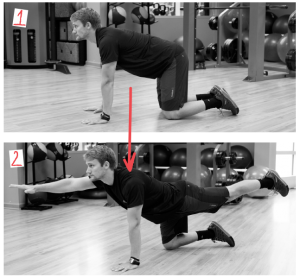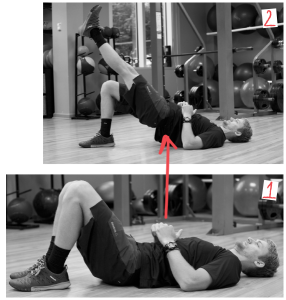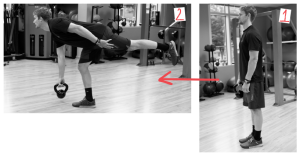We all require balance. Consider one common activity: walking. When walking, your weight constantly shifts from one leg to the other. Despite this constant balancing act, many would say that they have poor balance. So, how do you fix that?
Balance doesn’t just happen. To balance effectively, challenge the limits of your balance without pushing yourself too far and risking injury.
The American Council on Exercise (ACE) describes balance as, “the ability to maintain the body’s position over its base of support within stability limits.” Let’s examine those components.
Base of support
Your base of support is the area between your points of contact with the ground. When standing, your feet act as the points of contact. The wider your feet are apart, the more area between them, and the greater the base of support. Conversely, the closer your feet are together, the less area between them, and the smaller the base of support.
Challenging your base of support is as simple as changing your stance during the exercises you already do. Start by trying a dumb-bell bicep curl with your feet shoulder width apart with one leg in front of the other (staggered stance). Next, bring your feet together so that one is in front of the other, but they are about a foot apart heel-to-toe (split stance). Then, move the heel of your front foot to the toe of your back foot to give tandem stance a try. Finally, try performing your curls on one leg.
As you progress through these stances, your base of support decreases, challenging your balance. When applying these stances to your workouts, get comfortable with staggered before moving to split, and with split before moving to tandem.
*Pro Tip: Try challenging your base of support during standing resistance exercises. Keep in mind that as your base of support decreases, you should also decrease the weight you are using until you are comfortable in your new stance.
Stability
In order to balance effectively, you must be able to stabilize certain muscles, primarily your core.
With each resistance exercise you perform, you should get in the habit of “bracing,” or drawing in your breath and pulling your belly button to your spine. This tightens your transverse abdominis, which is one of the foundational muscles of the core.
Bracing is especially important when it comes to balance exercises. After all, the more effectively you can stabilize your body, the less of a challenge balance will be.
So, let’s look at three exercises you can perform to increase your core stability.
Bird Dogs
• Start on your hands and knees
• Maintain a neutral spine
• Inhale to brace your core
• Raise your right hand/left leg until they form a straight line with your torso
• Hold 3-5 seconds
• Switch sides
Single Leg Glute Bridge
• Lie on your back, knees bent 90 degrees
• Raise one leg straight in the air
• Inhale to brace your core
• Raise your hips by driving through the heel that is contacting the ground and tightening your glutes
• Your hips should raise up until your body forms a straight line from your knees to shoulders
• Switch legs
Single Leg Deadlift
• Begin standing in an upright position
• Bend at the hips, while pushing one foot straight back, keeping the other firmly planted on the ground
• Slightly bend the knee of the leg that is contacting the ground
• Keeping your back straight, lower yourself until your shoulders and raised foot form a straight line
• Tighten your glutes to return to the starting position while maintaining a neutral spine
• Switch legs





